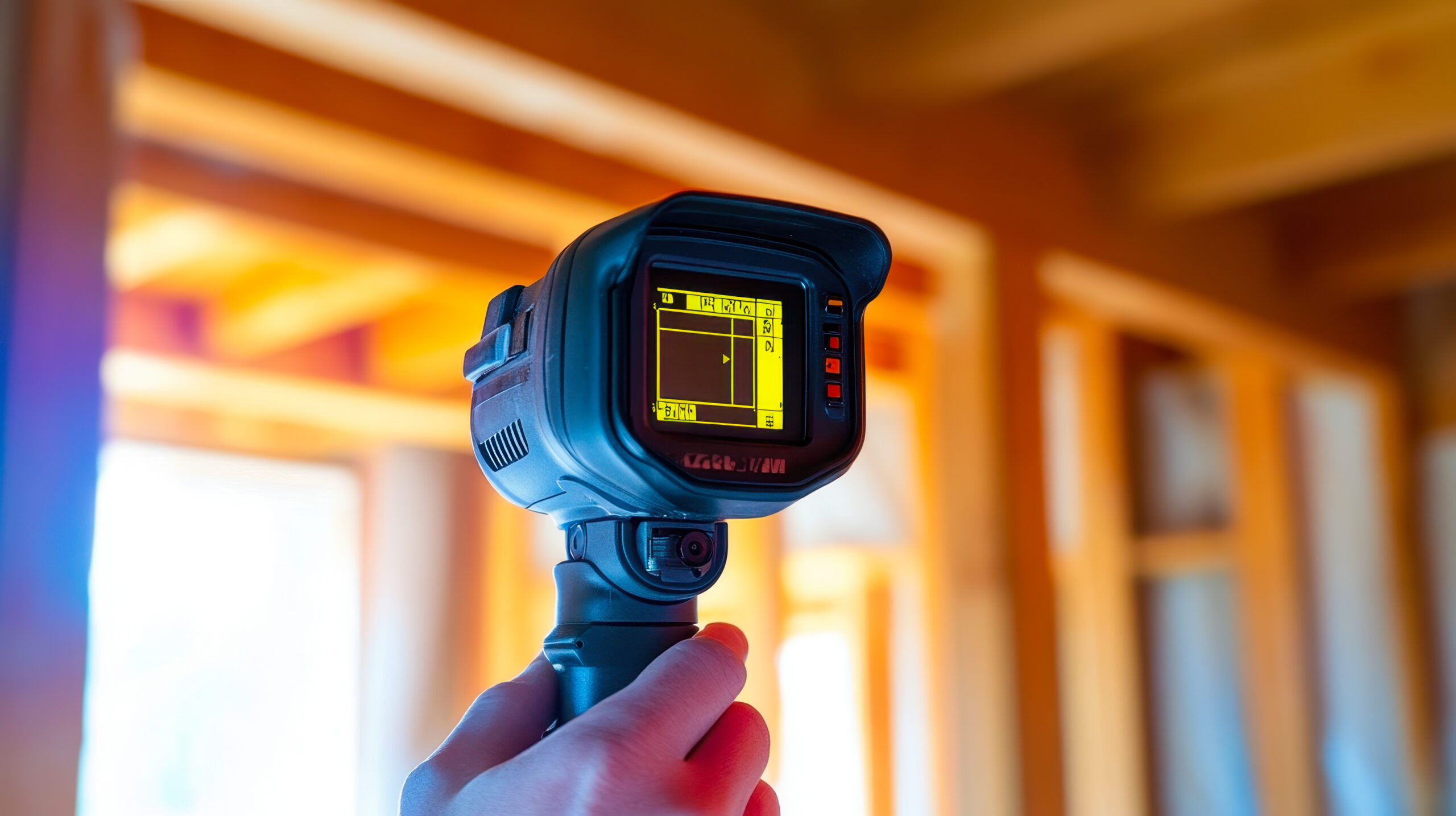Indoor air quality plays a crucial role in your health, comfort, and overall well-being. Many homeowners in Van Buren, AR and Fort Smith, AR don’t realize that the air inside their homes can be more polluted than the air outside. That’s why indoor air quality testing is essential. By testing your indoor air, you can identify hidden pollutants and take steps to create a cleaner, healthier home environment.
A properly maintained HVAC system can significantly improve air quality by filtering out dust, allergens, and harmful pollutants. However, if your system is outdated or inefficient, it could be contributing to poor indoor air. That’s why upgrading your HVAC system is one of the best ways to enhance the air you breathe.
Why Indoor Air Quality Testing Matters
What Is Indoor Air Quality Testing?
Indoor air quality testing is a process that identifies harmful airborne pollutants in your home. These contaminants can come from everyday household items, pets, outdoor pollution, or even your HVAC system. Without testing, you may not realize that your air contains high levels of allergens, mold spores, or volatile organic compounds (VOCs).
Common Indoor Air Pollutants in Van Buren & Fort Smith Homes
Many factors can impact air quality, but some of the most common indoor pollutants include:
- Dust and pet dander – Accumulates in carpets, upholstery, and air ducts.
- Mold spores – Thrive in damp areas like basements and bathrooms.
- Pollen – Enters through windows, doors, and HVAC systems.
- Volatile Organic Compounds (VOCs) – Found in household cleaners and paints.
- Carbon monoxide (CO) and radon – Odorless gases that can be hazardous in high concentrations.
These contaminants can trigger allergies, asthma, and other respiratory issues, making it essential to schedule professional Indoor Air Quality Testing regularly.
Signs Your Home Needs Indoor Air Quality Testing
If you’re unsure whether your indoor air is clean, look for these warning signs:
- Frequent allergy symptoms such as sneezing, congestion, and watery eyes.
- Persistent musty or stale odors, indicating mold or poor ventilation.
- Visible mold growth, especially near vents, windows, or damp areas.
- Excess dust buildup, even after regular cleaning.
- High humidity levels, leading to mold growth and discomfort.
- Uneven airflow from your HVAC system, causing certain rooms to feel stuffy.
If you notice any of these issues, it’s important to call a professional who can properly diagnose the problem and recommend solutions.
How HVAC Upgrades Improve Indoor Air Quality
1. Advanced Filtration Systems
One of the simplest ways to improve indoor air is by upgrading your HVAC filters. Standard filters may trap large dust particles, but they often allow smaller allergens to pass through. A HEPA filter or a high MERV-rated filter can significantly reduce airborne pollutants, ensuring cleaner air in your home.
2. Better Ventilation for Fresher Air
Poor ventilation can cause stale air to linger, allowing pollutants to accumulate. Upgrading your HVAC system with enhanced ventilation features helps remove contaminants and bring in fresh outdoor air. Proper ventilation also prevents excess moisture, reducing the risk of mold growth.
3. Humidity Control for a Healthier Home
Balancing indoor humidity levels is crucial for maintaining good air quality. If your home is too humid, mold and mildew can develop. If it’s too dry, airborne allergens can become more concentrated. A whole-home humidifier or dehumidifier integrated with your HVAC system can help regulate moisture levels.
4. Regular Duct Cleaning & Maintenance
Over time, dust, dirt, and allergens accumulate in your HVAC ducts. If your system isn’t maintained, these particles get circulated throughout your home. Having your ducts professionally cleaned ensures that contaminants don’t affect your air quality.
5. Smart HVAC Systems for Air Quality Monitoring
Modern HVAC systems come equipped with smart sensors that monitor air quality in real time. These systems can automatically adjust airflow, humidity, and filtration to maintain optimal air conditions in your home.
Best HVAC Solutions for Cleaner Air in Van Buren & Fort Smith
If you’re looking to improve indoor air quality, consider these HVAC upgrades:
Install an Air Purification System
A high-quality air purifier works alongside your HVAC system to remove bacteria, mold spores, and airborne particles.
Upgrade to a UV Light System
UV light technology is designed to kill bacteria, viruses, and mold inside your HVAC system.
Consider an Energy-Efficient HVAC System
If your HVAC system is over 10 years old, it may not be effectively filtering your indoor air. Upgrading to a modern, energy-efficient system with advanced filtration can help reduce pollutants and lower your energy usage.
Schedule Routine HVAC Maintenance
Even the best HVAC systems require regular maintenance to operate efficiently.
Taking Action: Steps to Improve Your Indoor Air Quality
To ensure the best indoor air quality for your home, follow these steps:
- Schedule an indoor air quality test to identify pollutants.
- Upgrade your HVAC filters to HEPA or high MERV-rated options.
- Consider an air purification system for enhanced filtration.
- Improve ventilation by using exhaust fans and fresh air systems.
- Maintain your HVAC system with regular professional check-ups.
Indoor Air Quality Testing in Summary
Indoor air quality plays a vital role in your home’s health and comfort. Regular Indoor Air Quality Testing helps detect hidden pollutants, while HVAC upgrades ensure cleaner, fresher air. If you’ve noticed allergy symptoms, excess dust, or musty odors in your home, it’s time to take action.
At Riverside Comfort Care, we offer expert indoor air quality solutions and HVAC services in Van Buren, AR & Fort Smith, AR. Call us today at (479) 353-5266 to schedule an air quality test and take the first step toward a healthier home.



